Decoding the Complexity of Audio Jack Switches and Schematics
Electrical switches in audio connectors represent an ultimate component in the effective management of audio systems. These switches, varying in complexity from basic non-switched to advanced multi-switch configurations, serve key roles in directing the flow of electrical currents and subsequently influencing audio quality and system functionality. This article digs into the mechanics behind audio jack schematics, explores the practical applications of switches in various audio setups, and examines their impact on system responsiveness and sound quality. By providing a comprehensive overview of the insistent role these switches play in audio technology, this discussion enhances our understanding of their technical specifications and operational details.
Catalog
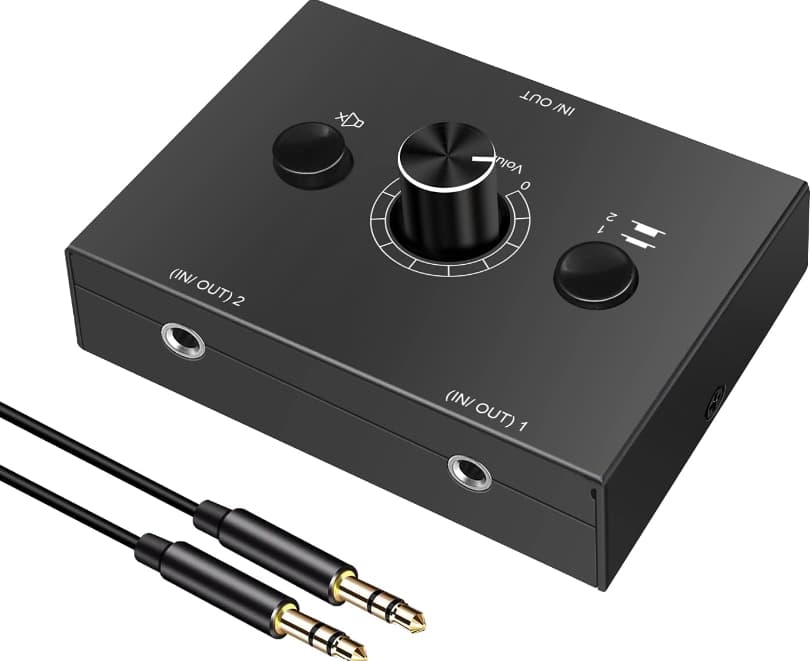
Figure 1: Electrical Switches in Audio Connectors
Electrical Switches in Audio Connectors
Electrical switches within audio connectors play a serious role in controlling the flow of electrical currents in audio equipment circuits. They are settling components that dictate whether the circuit is open or closed, thus enabling or disabling the flow of electricity. This ultimate operation directly influences the functionality of audio devices, including how signals are routed and managed within the system.
Audio connectors come in various configurations, ranging from simple non-switching models to more complex versions equipped with multiple switching functionalities. These include:
Single-pole, single-throw (SPST): The simplest type of switch, typically used to make or break a connection in a single circuit.
Double-pole, double-throw (DPDT): Allows routing of signals between two different paths, commonly used in stereo applications or balanced audio setups.
Multi-switch connectors: These might incorporate several switching mechanisms to control multiple aspects of signal routing, often seen in professional audio equipment.
Audio Jack Schematics
Considering audio jack schematics is required for managing audio hardware, whether you're a beginner or an expert. Audio jacks can have two to six conductors, with a standard stereo connector typically having three. To understand these setups, start by learning the plug insertion process.
For instance, placing a switch at terminal 2, usually marked as the tip switch, changes the circuit's behavior. In schematics, these switches are shown as 'normally closed,' meaning they maintain a connection until the plug is inserted, which opens the switch. This concept applies to more complex setups too, like a four-conductor plug with three switches. Each switch manages a different connection point but follows the same basic principle. Grasping these details allows for precise control of audio connections, reflecting the nuanced reality of operating audio equipment.
The Necessity of Audio Jack Switches
Switches in audio jacks do more than just connect devices like headphones. They open or close electrical circuits based on whether a plug is inserted. These switches are commonly found in stereo and TRS (Tip, Ring, Sleeve) jacks used in professional audio equipment.
|
Necessity of Audio Jack Switches |
|
|
Control and Integration |
Switched audio jacks provide excellent
control over signal routing. This is required in environments where audio
signals need to switch between outputs and inputs without manual re-plugging.
For example, in recording studios, switched jacks can automatically route
audio from monitors to headphones when headphones are plugged in, allowing
seamless mode switching. |
|
Automatic Detection and Signal Routing |
Switches in audio jacks detect plug
insertion, engaging different circuitry parts based on the plug
configuration. For example, in a multi-speaker setup, inserting a headphone
jack can mute the speakers, redirecting audio to the headphones |
|
Versatility in Audio Management |
Switched jacks support multiple
functionalities within one interface. They can handle various signal paths,
like sending audio to a recorder while routing different audio to a speaker
system. This versatility is dynamic in theaters, live performances, and
broadcasting. |
|
Improved Audio Performance |
Switched audio jacks enhance performance
by integrating and controlling different audio sources and outputs
seamlessly. They reduce the need for external adapters or switches,
preserving signal integrity and minimizing interference or signal
degradation. |
|
Dynamic Audio Environments |
In dynamic environments like live
concerts or DJ setups, managing audio signals quickly is influential.
Switched jacks automate many functions, allowing performers and technicians
to focus on the performance rather than the equipment. |
|
Future Implications |
As audio technology advances, switched
jacks will likely evolve. They might handle more sophisticated signal
processing tasks, integrating further into smart audio systems where
automation and precision are core. |
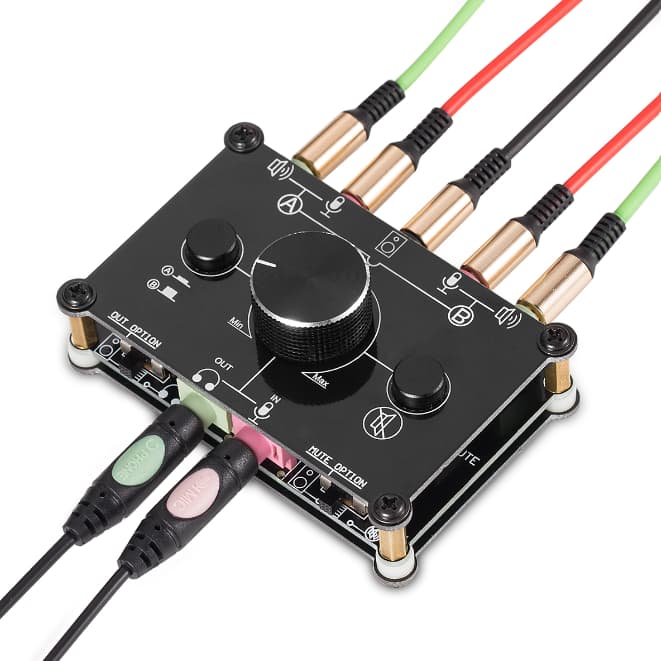
Figure 2: Audio Output Management with Switch Technology
Audio Output Management with Switch Technology
Switch technology plays a key role in managing audio output systems, particularly in devices that need to switch sound between various sources such as speakers and headphones. This technology ensures efficient and user-friendly management of audio outputs. Typically, switches are installed at specific terminals, often terminals 10 and 11, and remain closed in their default state when no plug is inserted into the headphone jack, thus routing the audio signal to the speakers for loud playback.
The process of transitioning audio outputs begins when a headphone plug is inserted, which triggers the switches to open. This action disrupts the signal path to the speakers and redirects the audio to the headphones. This automatic switching allows devices to smoothly toggle between audio outputs based on user actions, eliminating the need for manual adjustments or changes in software settings. The switches facilitate seamless transitions between different audio outputs, enhancing both user convenience and the maintenance of audio quality. The technology is both simple and reliable, reducing the potential for failure points compared to more complex electronic switching mechanisms.
Regarding the impact on audio quality and user experience, switches provide a direct, mechanically controlled method for audio routing, which helps to preserve the integrity of the audio signal and minimize interference or degradation. This contributes to an enhanced overall audio quality and user experience.
System Responsiveness with Plug Insertion Detection
Plug insertion detection significantly improves system responsiveness in modern audio design, mainly through audio jack switches. These switches not only transmit audio signals but also detect when a plug is inserted, triggering various adaptive responses.
When a plug is inserted, it engages a switch, often at terminal 10, and this action triggers the system to switch audio output. For example, when headphones are plugged in, the audio output shifts from the device's speakers to the headphones automatically. This seamless transition ensures the audio experience is uninterrupted and caters to the user's immediate preference without manual adjustments. Plug detection can also activate additional circuit features. This might include enabling noise-cancellation in headphones, powering an external amplifier, or engaging other specialized audio processing functions that remain inactive until a plug is detected.
The system can make dynamic adjustments based on the type of plug inserted. For instance, it can differentiate between a three-pin and a four-pin connector, which helps distinguish between stereo output and microphone input setups. This adaptability allows the audio system to tailor its output and features to the specific hardware connected, enhancing the user experience. Plug insertion detection also improves user interactions. It can pause or mute audio playback when headphones are disconnected and resume playback when they are reconnected. This feature is particularly useful in portable devices where users frequently plug and unplug their audio peripherals. The hardware detection of plug insertion often integrates with software to enhance functionality. This allows users to customize settings like equalizer profiles, volume limits, and audio effects based on the connected device.
Controlling Circuit Segments While Managing Audio Signals
Audio jack switches are insistent in modern electronic designs, extending beyond simple audio signal management to independently control multiple circuit operations. Their versatility and reliability make them needed in everything from consumer electronics to complex industrial systems.
Audio jack switches are built into audio connectors and are mechanically activated when a plug is inserted or removed. Common types include Single Pole Single Throw (SPST) and Single Pole Double Throw (SPDT) switches. An SPDT switch offers two operational modes by alternating connections between two terminals, such as terminals 4 and 6. Inserting a plug shifts the connection from one terminal to another, activating different circuit functions. For example:
Function A: Controls the power circuit, enabling the device to turn on when the plug is inserted.
Function B: Activates additional features like sensors or secondary functions.
Implementing audio jack switches strategically in circuits helps optimize space and functionality. By integrating control functions into the audio jack, manufacturers reduce the need for extra switches, simplifying the user interface. This is especially useful in compact devices like smartphones, portable media players, and hearing aids, where space is limited.
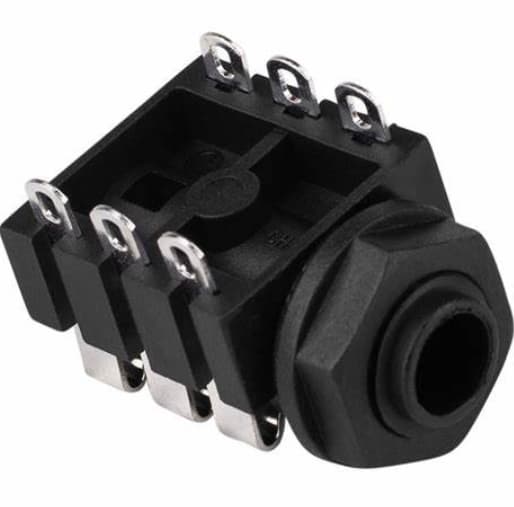
Figure 3: Versatile Switched Jacks
Versatile Switched Jacks Capabilities
Switches in audio jacks enable various functions, from simple audio switching between outputs to complex tasks like activating different circuit components when a plug is inserted. This adaptability highlights the needed role of switches in enhancing the versatility of audio systems. These features improve the user experience by providing robust control and supporting complex interactions within audio devices, enabling sophisticated audio management and functionality.
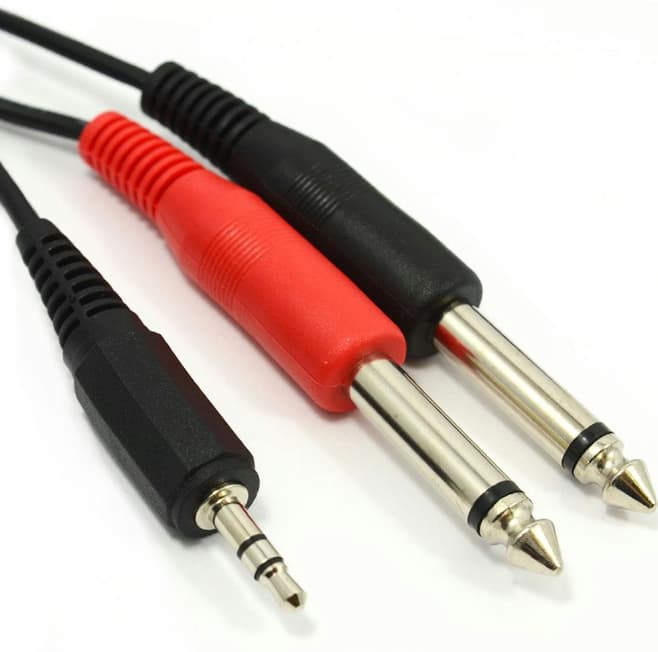
Figure 4: Mono Audio Jacks
Mono Audio Jacks: Features and Uses
Mono audio jacks are prized for their simplicity and efficiency in single-channel audio setups. With a two-contact design comprising a tip and a sleeve, these jacks effectively transmit single-channel audio signals without the complexities associated with multi-channel systems.
Mono audio jacks come in various formats, including panel-mounted and board-mounted options. Panel-mounted jacks are typically used in scenarios requiring durability and easy external access, such as musical equipment and audio interfaces. Board-mounted jacks are more common in compact electronic devices like radios and simple amplifiers, where space is limited and internal connections are desired.
The straightforward design of mono audio jacks reduces potential points of failure and simplifies troubleshooting, making them ideal for various applications: Mono audio jacks are used in teaching electronics and audio engineering, where their simple design helps students easily understand audio signal transmission concepts. They are perfect for hobbyists and DIY enthusiasts needing reliable and easy-to-use audio connections. Often used in stage settings and studio environments for microphones and other mono audio sources, ensuring dependable performance in professional setups.
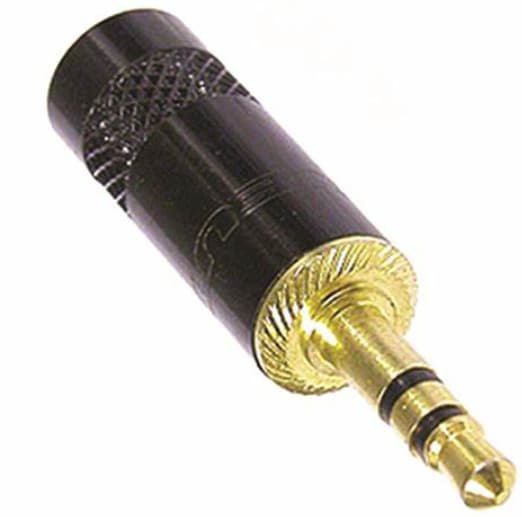
Figure 5: Stereo Audio Jacks
Insights into Stereo Audio Jacks
Stereo audio jacks, or TRS connectors (tip, ring, and sleeve), play a dynamic role in enhancing audio quality through dual-channel distribution. This setup separates left and right audio channels, basic for achieving stereo sound, which significantly enriches the depth and immersion of audio playback, mimicking natural sound perception.

Figure 6: Dual-Channel Output
Stereo jacks transmit two separate audio channels through a single connection. The tip carries the left channel, the ring carries the right channel, and the sleeve acts as a common ground. This configuration ensures minimal crosstalk between channels, maintaining sound clarity and integrity.
Stereo jacks come in various forms, such as panel-mounted and board-mounted configurations. Panel-mounted jacks are used in larger devices, mounting directly to the device's casing, like in audio mixing boards and high-end amplifiers. Board-mounted jacks are common in compact electronics like smartphones and laptops, where space is limited. Each type offers benefits in durability, ease of installation, and connectivity options. The universal design of stereo jacks makes them compatible with a wide range of audio equipment, from professional-grade systems to consumer electronics. This broad compatibility ensures that users can connect different devices without needing special adapters, facilitating a seamless and user-friendly experience.
By separating audio into distinct channels, stereo jacks create a more dynamic and realistic soundstage. This allows audio engineers and content creators to design sounds that move between channels, simulating movement, and location, which is dominant in multimedia applications like films and video games. Despite the rise of digital audio interfaces like USB and HDMI, stereo jacks remain relevant due to their simplicity and high fidelity. Advances in materials and design have improved signal integrity and reduced interference, ensuring stereo jacks continue to be a viable option for high-quality audio applications.
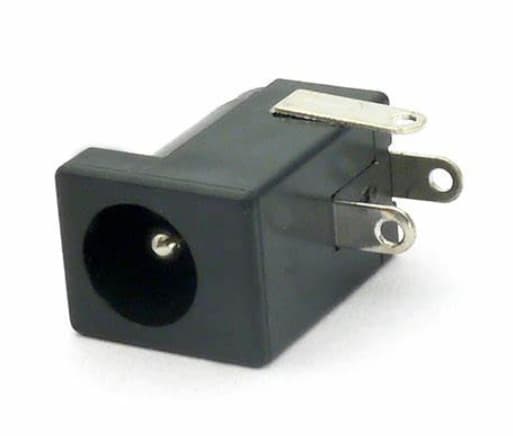
Figure 7: Switched Power Jacks
Integrating Switched Power Jacks
Switched power jacks are the main for manage power in electronic devices that use both AC adapters and batteries. They are especially significant in devices like guitar pedals, portable speakers, and other consumer electronics that switch between stationary and portable use.
The main function of a switched power jack is to manage the distribution of power between an external adapter and internal batteries. When both power sources are connected, the jack prioritizes the adapter to save battery life. This is done through a mechanical or electronic switch within the jack that detects the presence of an adapter plug. When the plug is inserted, the connection to the battery is cut off, and the device draws power from the adapter only.

Figure 8: BOSS Compact Series Guitar Pedals
A practical example of this technology is found in the BOSS Compact Series guitar pedals. These pedals can run on either battery power or an external adapter. When an adapter is connected, the switched power jack bypasses the battery circuit. This conserves battery energy and prevents redundant battery drain, extending battery life and reducing the environmental impact of battery disposal. By automatically switching to the adapter when available, switched power jacks ensure a steady power supply, which is influential for high-performance electronics sensitive to power fluctuations.
Conclusion
Switches in audio connectors are not merely functional elements; they are instrumental in optimizing audio system performance across diverse environments. From simplifying connections in mono audio jacks to enhancing sound quality in stereo setups and managing power in switched power jacks, these components facilitate robust control and adaptability in audio signal management.
The detailed examination of different switch types and their applications across various audio jacks underscores their importance in achieving high-fidelity sound and operational efficiency. As audio technology continues to evolve, the role of switches in audio connectors is likely to expand, incorporating more sophisticated signal processing tasks and supporting complex user interactions. This progression will inevitably lead to more dynamic, responsive, and high-performing audio systems, reinforcing the desperate nature of understanding and mastering switch-based audio technologies in contemporary and future audio applications.
Frequently Asked Questions [FAQ]
1. How do audio jacks work?
Audio jacks work by providing a physical connection between an audio device (like a smartphone or a laptop) and output devices (like headphones or speakers). When you plug in an audio jack, it completes an electrical circuit that allows audio signals to be transmitted. The jack's tip, rings, and sleeve correspond to different parts of this circuit, carrying audio channels and grounding to minimize interference.
2. What do the three lines on the audio jack mean?
The three lines on an audio jack represent insulating bands that separate the different conductive areas—typically the tip, rings, and sleeve. These bands ensure that the signals do not interfere with each other. In a typical configuration, the tip carries the left audio signal, the first ring carries the right audio signal, and the second ring is for additional data or microphone input, with the sleeve serving as a common ground.
3. What are the parts of the headphone jack?
A headphone jack consists of:
Tip: Conduct the audio signal for the left channel.
Rings: Depending on the number of rings (one or two), they carry the right audio channel and potentially additional signals like microphone input or video.
Sleeve: Acts as the ground connection. These components are separated by insulating bands to prevent signal interference.
4. What is the technical definition of an audio jack?
Technically, an audio jack, also known as a phone jack, is a family of electrical connectors typically used for analog audio signals. It is characterized by its cylindrical shape and comes in various sizes, with 3.5 mm being the most common in consumer devices. The jack's configuration can vary to support mono, stereo, or even multi-channel sound.
5. What are 3 audio jacks?
The term "3 audio jacks" likely refers to three common types of audio jacks:
TS (Tip-Sleeve): A two-conductor jack typically used for mono audio signals.
TRS (Tip-Ring-Sleeve): A three-conductor jack used for stereo audio signals.
TRRS (Tip-Ring-Ring-Sleeve): A four-conductor jack designed for stereo audio plus an additional channel, often for microphone input or video.